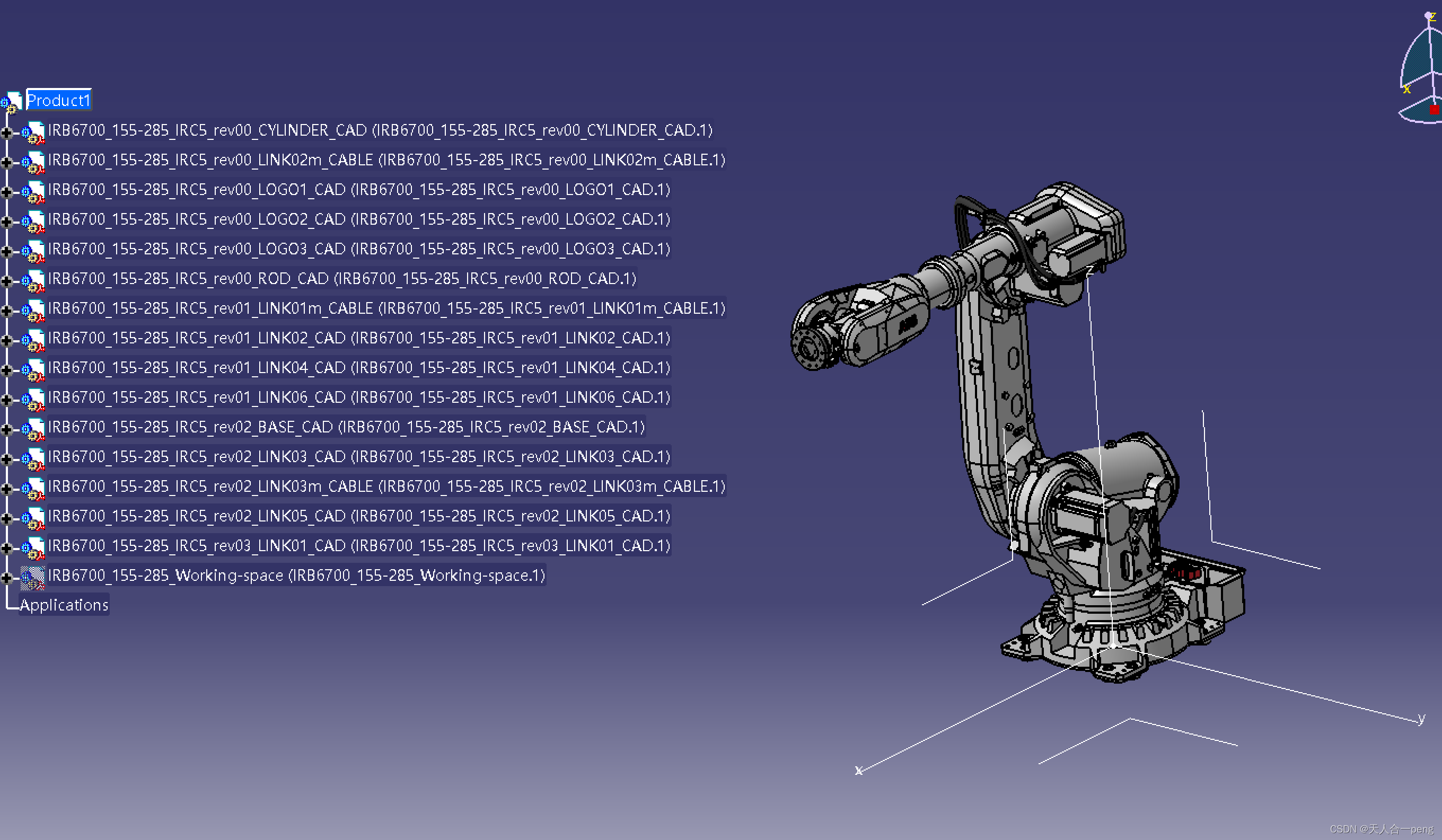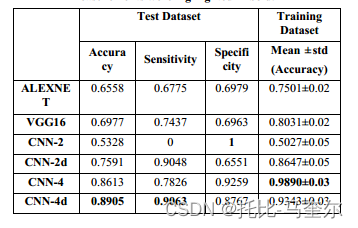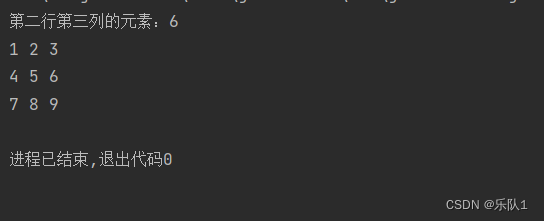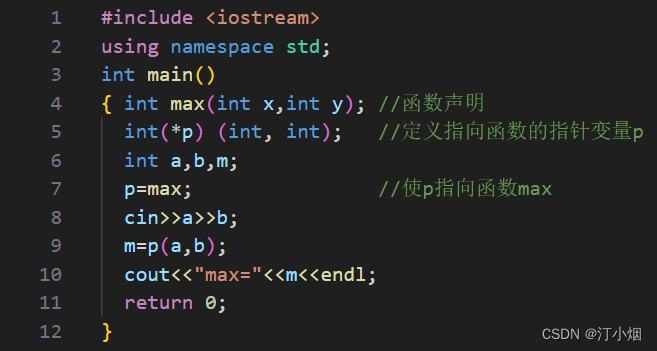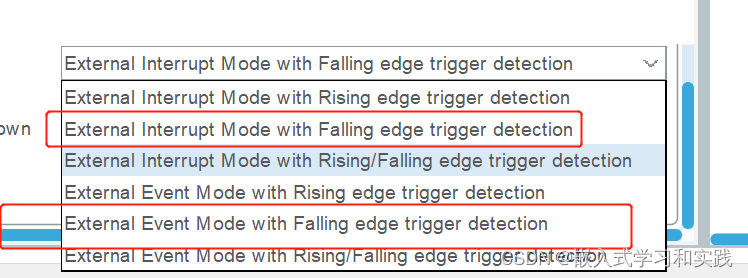介绍
火山爆发算法(Volcano Eruption Algorithm,VEA)是一种新兴的群智能优化算法,其灵感来源于火山爆发的自然现象。火山爆发算法模拟了火山爆发过程中熔岩流动和喷发的行为,以寻找全局最优解。这种算法利用了火山爆发过程中的不同阶段,包括火山爆发、熔岩冷却和沉积等过程
火山爆发算法的基本原理
1.初始种群生成:
生成一个随机的初始种群,每个个体代表一个可能的解决方案。
种群中的个体在解空间中随机分布。
2.火山爆发阶段:
喷发阶段:模拟火山喷发过程中,熔岩和火山灰向四周扩散。扩散范围由喷发强度决定,类似于个体的变异。
熔岩流动阶段:熔岩流动模拟个体在解空间中的搜索行为,流动过程中个体的位置不断变化,寻找更优的解。
3.冷却和沉积阶段:
冷却过程:熔岩冷却后形成新的地形特征,模拟解的局部优化过程。
沉积过程:冷却后的熔岩沉积,形成新的地表,这相当于更新解的过程,保留当前最优解。
4.适应度评估:
计算每个个体的适应度值,以衡量其在当前解空间中的优劣。
根据适应度值,选择较优的个体作为种群的下一代。
5.迭代更新:
不断迭代上述过程,直至满足终止条件(如达到最大迭代次数或适应度值收敛)
火山爆发算法的优点
全局搜索能力强:由于模拟了火山喷发的剧烈扩散过程,算法具有较强的全局搜索能力,能够跳出局部最优。
适应性强:火山爆发的不同阶段对应不同的搜索策略,能够适应不同类型的优化问题。
简单易实现:算法结构简单,易于实现和理解
火山爆发算法的应用
函数优化:寻找函数的全局最优解,适用于连续和离散优化问题。
工程设计优化:用于工程设计中的多目标优化问题。
资源分配:如任务调度、物流配送等问题
本文实例
我们将代码考虑了离散解空间和复杂的适应度评估,以及扩展中引入Pareto最优解
代码
分成两个文件,volcanoEruptionAlgorithmPareto文件存放算法核心逻辑,runVolcanoEruptionAlgorithmPareto文件用来声明和传递参数
volcanoEruptionAlgorithmPareto.m文件
function [pareto_solutions, pareto_fitness] = volcanoEruptionAlgorithmPareto(num_iterations, num_individuals, dim, bounds, objective_functions)
% 初始化种群
population = randi([bounds(1), bounds(2)], num_individuals, dim);
fitness = evaluateFitness(population, objective_functions);
% 初始化Pareto前沿解集
pareto_solutions = population;
pareto_fitness = fitness;
for iter = 1:num_iterations
% 自适应喷发强度
eruption_strength = ceil((1 - iter / num_iterations) * dim);
new_population = population;
for i = 1:num_individuals
eruption_indices = randperm(dim, eruption_strength);
new_individual = population(i, :);
new_individual(eruption_indices) = randi([bounds(1), bounds(2)], 1, eruption_strength);
new_population(i, :) = new_individual;
end
% 计算新个体的适应度
new_fitness = evaluateFitness(new_population, objective_functions);
% 更新种群
for i = 1:num_individuals
if dominates(new_fitness(i, :), fitness(i, :))
population(i, :) = new_population(i, :);
fitness(i, :) = new_fitness(i, :);
end
end
% 更新Pareto前沿解集
[pareto_solutions, pareto_fitness] = updateParetoFront(pareto_solutions, pareto_fitness, population, fitness);
% 保持Pareto前沿解集的多样性
[pareto_solutions, pareto_fitness] = maintainDiversity(pareto_solutions, pareto_fitness);
end
end
function fitness = evaluateFitness(population, objective_functions)
num_individuals = size(population, 1);
num_objectives = length(objective_functions);
fitness = zeros(num_individuals, num_objectives);
for i = 1:num_individuals
for j = 1:num_objectives
fitness(i, j) = objective_functions{j}(population(i, :));
end
end
end
function is_dominant = dominates(fitness1, fitness2)
% 判断fitness1是否支配fitness2
is_dominant = all(fitness1 <= fitness2) && any(fitness1 < fitness2);
end
function [pareto_solutions, pareto_fitness] = updateParetoFront(pareto_solutions, pareto_fitness, population, fitness)
% 合并当前种群和Pareto前沿解集
combined_solutions = [pareto_solutions; population];
combined_fitness = [pareto_fitness; fitness];
% 找到Pareto前沿解集
num_solutions = size(combined_solutions, 1);
is_pareto = true(num_solutions, 1);
for i = 1:num_solutions
for j = 1:num_solutions
if i ~= j && dominates(combined_fitness(j, :), combined_fitness(i, :))
is_pareto(i) = false;
break;
end
end
end
pareto_solutions = combined_solutions(is_pareto, :);
pareto_fitness = combined_fitness(is_pareto, :);
end
function [pareto_solutions, pareto_fitness] = maintainDiversity(pareto_solutions, pareto_fitness)
% 计算拥挤距离
num_solutions = size(pareto_solutions, 1);
num_objectives = size(pareto_fitness, 2);
crowding_distance = zeros(num_solutions, 1);
for obj = 1:num_objectives
[sorted_fitness, sorted_indices] = sort(pareto_fitness(:, obj));
crowding_distance(sorted_indices(1)) = Inf;
crowding_distance(sorted_indices(end)) = Inf;
for i = 2:num_solutions-1
crowding_distance(sorted_indices(i)) = crowding_distance(sorted_indices(i)) + ...
(sorted_fitness(i+1) - sorted_fitness(i-1)) / (max(sorted_fitness) - min(sorted_fitness));
end
end
% 按拥挤距离排序并选择前num_individuals个解
[~, sorted_indices] = sort(crowding_distance, 'descend');
pareto_solutions = pareto_solutions(sorted_indices, :);
pareto_fitness = pareto_fitness(sorted_indices, :);
% 去除重复解
[pareto_solutions, unique_idx] = unique(pareto_solutions, 'rows');
pareto_fitness = pareto_fitness(unique_idx, :);
end
runVolcanoEruptionAlgorithmPareto.m
% 示例使用
objective_functions = {@(x) sum(x.^2), @(x) sum((x-2).^2)}; % 多目标函数
num_iterations = 100;
num_individuals = 50;
dim = 10; % 维度
bounds = [0, 10]; % 搜索空间
[pareto_solutions, pareto_fitness] = volcanoEruptionAlgorithmPareto(num_iterations, num_individuals, dim, bounds, objective_functions);
disp('Pareto前沿解集:');
disp(pareto_solutions);
disp('Pareto前沿适应度值:');
disp(pareto_fitness);
说明
初始化种群:
种群初始化在离散解空间中进行,每个个体都是一个在指定范围内的随机整数向量。
火山喷发阶段:
在每次迭代中,计算喷发强度eruption_strength,并随机选择一些位置进行喷发(即随机改变这些位置的值)。
这里使用randperm随机选择需要改变的维度位置,并生成新的个体。
适应度计算和更新:
计算新生成个体的适应度,如果新个体的适应度优于旧个体,则进行替换。
保留当前最优解,并在每次迭代中更新全局最优解。
效果


